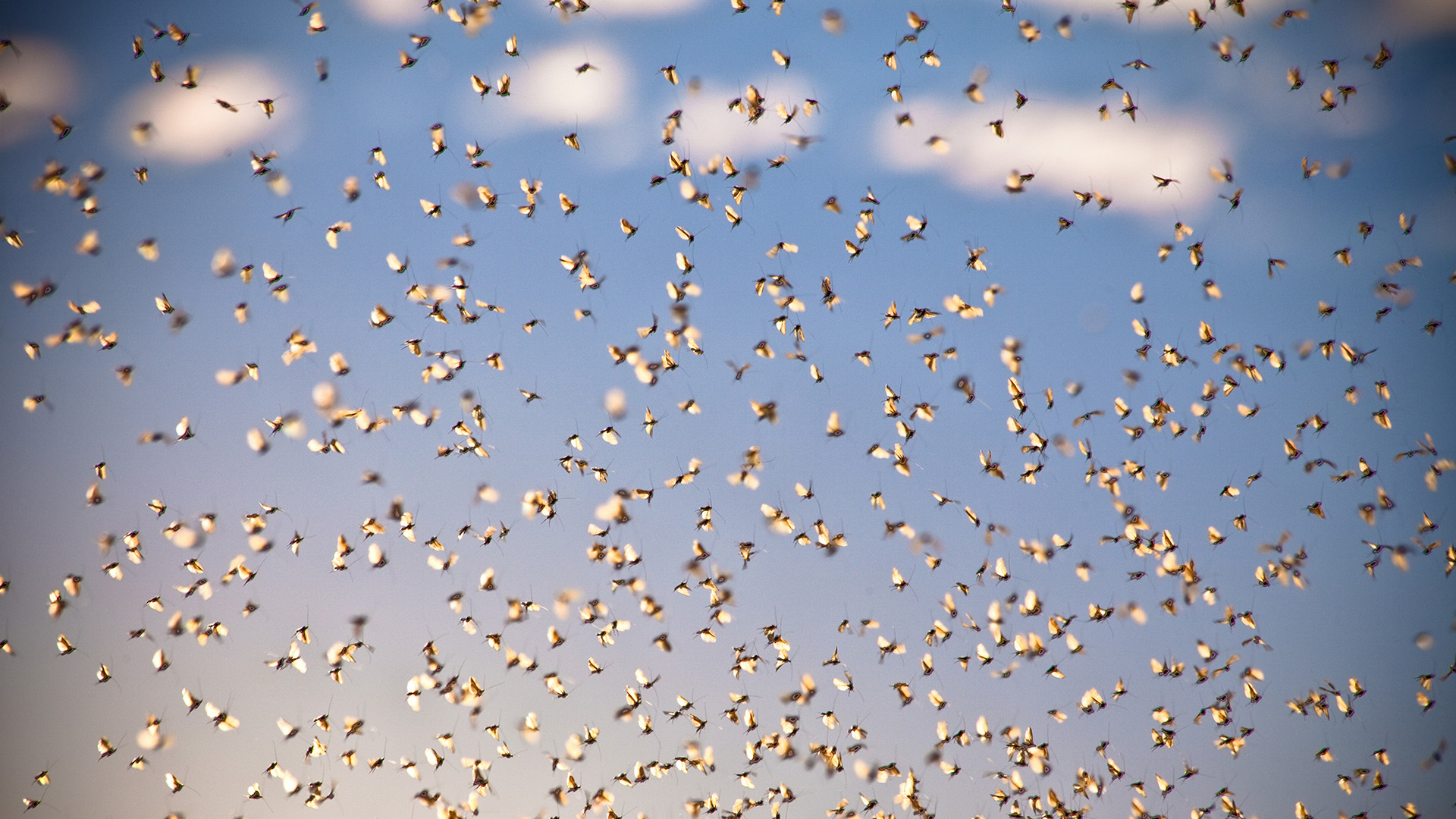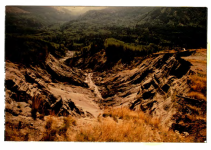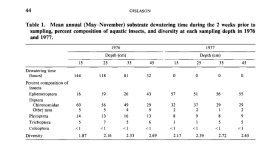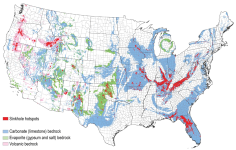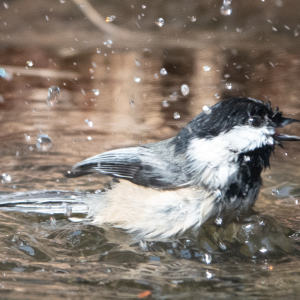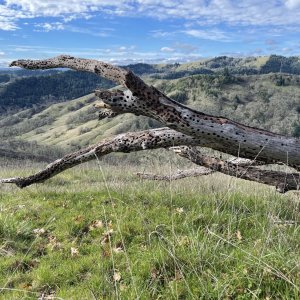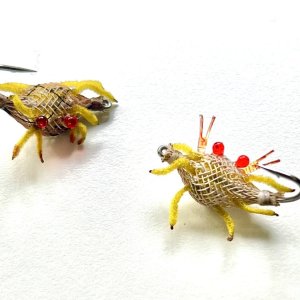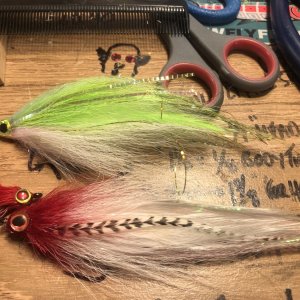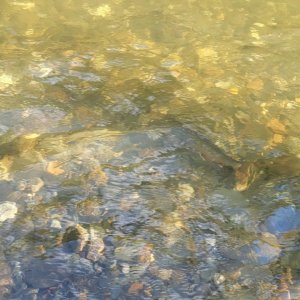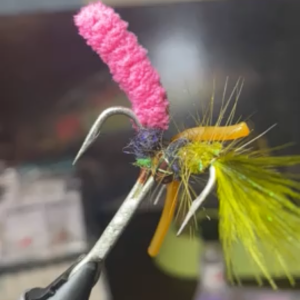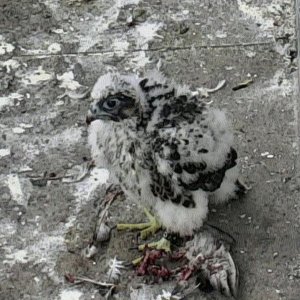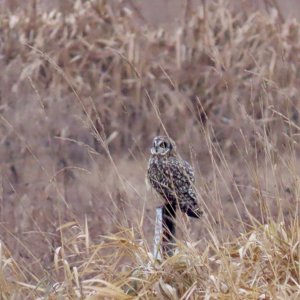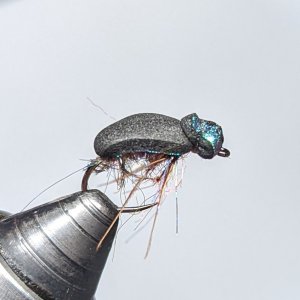Over the decades my causal observation is that the diversity and density of various hatches (stonefly, caddis and mayflies) have changed dramatically. Currently the only "hatches" that I see somewhat regularly (though at depressed densities) are October caddis and BWO. I suspect that a decreased biomass of aquatic insects could have a significant impact the recovery of the basin's ESA listed salmonids. In freshwater the juvenile Chinook and steelhead's diet is largely insects.
I also suspect that this apparent decline in insect abundance is influenced by a variety of flood impacts. Currently the basin has experienced massive floods, 14 since 2000 that compared to a 1929 to 1980 base period would be considered to be once a 500-year (or larger) events. During these events it can be expected that bed scour and deposition would be measured in feet (perhaps as much as 5 or more feet). In addition, there is significant gravel movement of sediments with an overall reduction in the size of bed material with lots of fine material. There also has been an increase in summer temperatures with late summer afternoon temperatures in the upper 60s to upper 70s.
While I feel the above would seem to indicate a problem I don't really know much about the "bugs" so with this post I'm reaching out to the extensive knowledge of this board, especially @Taxon and @Mark Melton. Am very interested in any input about the potential loss of diversity (I assume the stone flies, many of the may flies, and many of the caddies would be wiped out by the churning gravel in such floods). Any insights on what the recovery time for the various species?
Any thoughts?
Curt
I also suspect that this apparent decline in insect abundance is influenced by a variety of flood impacts. Currently the basin has experienced massive floods, 14 since 2000 that compared to a 1929 to 1980 base period would be considered to be once a 500-year (or larger) events. During these events it can be expected that bed scour and deposition would be measured in feet (perhaps as much as 5 or more feet). In addition, there is significant gravel movement of sediments with an overall reduction in the size of bed material with lots of fine material. There also has been an increase in summer temperatures with late summer afternoon temperatures in the upper 60s to upper 70s.
While I feel the above would seem to indicate a problem I don't really know much about the "bugs" so with this post I'm reaching out to the extensive knowledge of this board, especially @Taxon and @Mark Melton. Am very interested in any input about the potential loss of diversity (I assume the stone flies, many of the may flies, and many of the caddies would be wiped out by the churning gravel in such floods). Any insights on what the recovery time for the various species?
Any thoughts?
Curt

